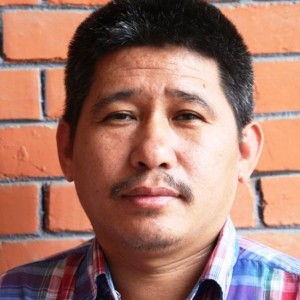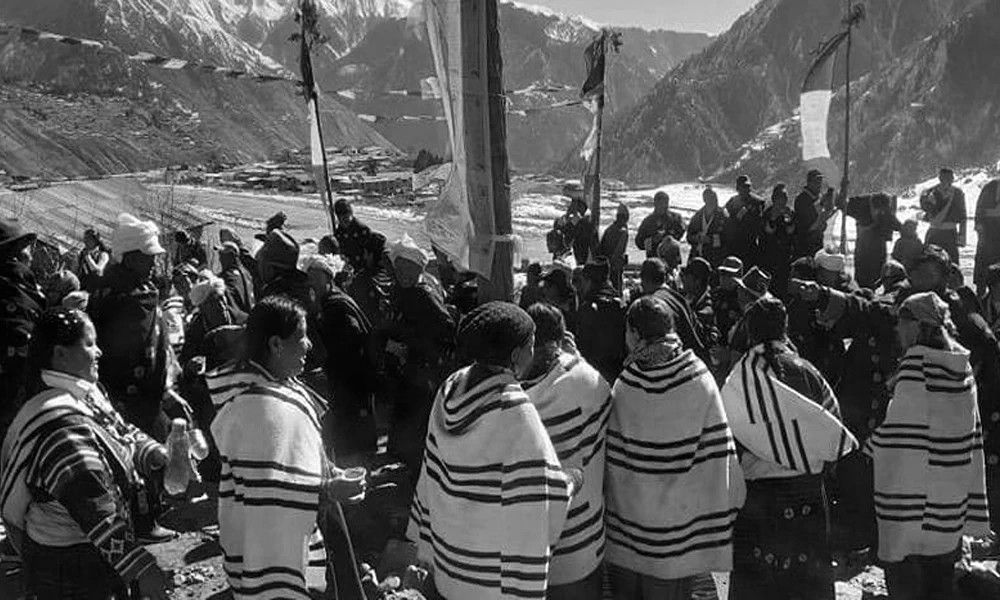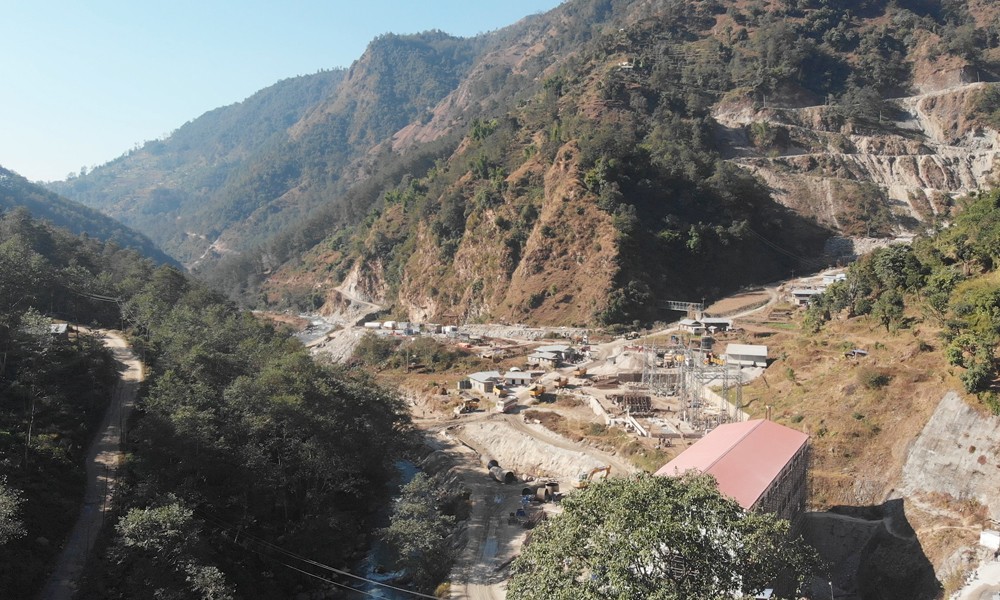Jung Bahadur Rana, the founder of the Rana oligarchy that ruled the country for 104 years, enacted Muluki Ain in 1854, institutionalizing the Hindu hierarchy of the Nepali population. Muluki Ain, the civil code, stratified the Nepali society into three ethnic identifies: Tagadhari (Those who wear a sacred thread called Janai), Matwali (alcohol drinkers) and Acchut (so-called untouchables).
The civil code also split Matwali into two categories: Masinya Matwali (enslavable alcohol drinkers) and Namasinya Matwali (non-enslavable alcohol drinkers). Tharu, Tamang and Bhote were categorized as Masinya Matwali while Magar, Sunuwar, Gurung, Rai and Limbu fell under the Namasinya Matwali category. The code allowed the ruling elite to enslave Adivasi Janajati labeled by the State as Masinya Matwali.
The act of belittling Adivasi Janajati by coining insulting names for them -- just like how the colonists came up with disparaging references like 'barbarian' to identify the colonized -- continues even today.
Sociologist Dr Krishna Bhattachan says that the act of belittling Adivasi Janajati by coining insulting names for them -- just like how the colonists came up with disparaging references like 'barbarian' to identify the colonized -- continues even today.
Indigenous rights activist and advocate Shankar Limbu argues that indigenous people have their own identity, and it would be unfair to give them some insulting tags. He says: "Adivasi Janajatis have their own political system and unique cultural identity. Their identity cannot be constructed by the State".
Indigenous people prefer to identify themselves as Adivasi Janajati. Their unique identity is upheld by international legal instruments, especially ILO 169 and the UN Convention on the Rights of Indigenous People. For its part, the government has established National Foundation of Indigenous Nationalities. The foundation has recognized 59 Janajati groups as indigenous nationalities.
Adivasi Janajatis have their own political system and unique cultural identity. Their identity cannot be constructed by the State".
According to sociologist Bhattachan, Adivasi Janajati were referred to as SeTaMaGuRaLi, which is a short form of five different indigenous groups: Sherpa, Tamang, Magar, Gurung, Rai and Limbu. After the restoration of democracy, indigenous people intensified their movement for ethnic identity. Tharu Kalyankari Samiti was the first ethnicity-based organization to be formed after the political change of 1990, which paved the way for indigenous communities to form their own organizations. Today, National Federation of Indigenous Nationalities (NEFIN) is an umbrella organization of as many as 56 associations of different indigenous peoples.
Despite a sustained semantic ploy to disparage indigenous people by calling them Masinya Matwali and Namasinya Matwali, they are now being increasingly more recognized as Adivasi Janajati. Some indigenous groups prefer to call themselves 'minorities' and even 'Mangol' -- a reference to the idea that their ancestors came from Mangolia. But these self-invented terms have not been widely accepted yet.
Indigenous Feature Service









